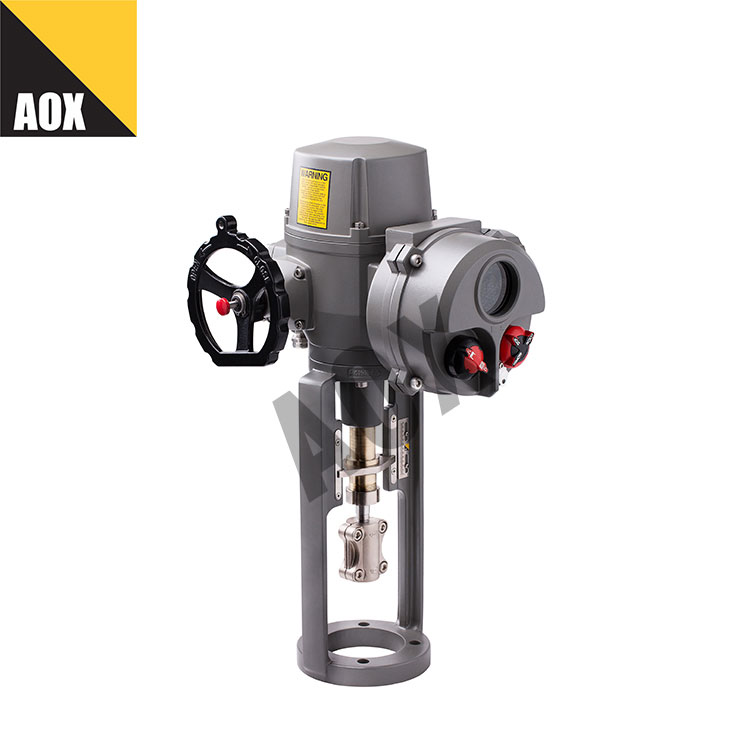Exploring the Manufacturing Process of High-Low Temperature TPU Film
2024-03-08
Introduction:
Thermoplastic Polyurethane (TPU) film is a versatile material known for its flexibility, durability, and resistance to abrasion. High-low temperature TPU film, in particular, stands out for its ability to withstand extreme temperature fluctuations while maintaining its mechanical properties. In this blog post, we'll delve into the manufacturing process of high-low temperature TPU film and explore how it differs from the production of standard TPU film.
Understanding TPU Film Production:
Before delving into the specifics of high-low temperature TPU film manufacturing, it's essential to understand the general process of TPU film production. TPU is a thermoplastic elastomer synthesized through the reaction of diisocyanates with diols, resulting in a polymer chain with alternating hard and soft segments. The film is typically produced through a combination of extrusion and casting processes, where the TPU melt is extruded into a thin film and then cooled on a casting drum to solidify.
Differences in High-Low Temperature TPU Film Manufacturing:
1. Formulation:
The formulation of TPU compounds for high-low temperature TPU film differs from standard TPU film formulations. High-low temperature TPU formulations may incorporate additives such as plasticizers, stabilizers, and fillers to enhance thermal stability, flexibility, and resistance to temperature extremes. These additives help optimize the performance of the TPU film in environments with wide temperature variations.
2. Polymer Chemistry:
The polymer chemistry of high-low temperature TPU film may be modified to achieve the desired balance of mechanical properties and temperature resistance. Alterations in the polymer chain architecture, such as adjusting the ratio of hard and soft segments or incorporating specialty monomers, can enhance the film's ability to withstand high and low temperatures without compromising flexibility or durability.
3. Processing Conditions:
The processing conditions for manufacturing high-low temperature TPU film may be tailored to accommodate the specific requirements of the material. This may include adjustments to extrusion temperatures, cooling rates, and stretching ratios to ensure uniform thickness, mechanical properties, and thermal stability throughout the film. Precise control over processing parameters is essential to achieve consistent quality and performance in high-low temperature TPU film production.
4. Testing and Quality Control:
Due to the specialized nature of high-low temperature TPU film, rigorous testing and quality control measures are employed throughout the manufacturing process to ensure compliance with performance specifications. This may involve testing for mechanical properties, thermal stability, and resistance to temperature extremes using standardized test methods and protocols. Quality control procedures help identify and mitigate any deviations or inconsistencies in the final product, ensuring that high-low temperature TPU film meets the required standards for its intended applications.
Conclusion:
The manufacturing process of high-low temperature TPU film differs from standard TPU film production in several key aspects, including formulation, polymer chemistry, processing conditions, and quality control measures. By incorporating specialized additives, optimizing polymer chemistry, and carefully controlling processing parameters, manufacturers can produce high-low temperature TPU film with enhanced thermal stability, flexibility, and durability. Understanding these differences is essential for ensuring the reliable performance of high-low temperature TPU film in applications where resistance to extreme temperature fluctuations is critical. As technology advances and demand for high-performance materials grows, continuous innovation in high-low temperature TPU film manufacturing will drive further improvements in material performance and application versatility.



